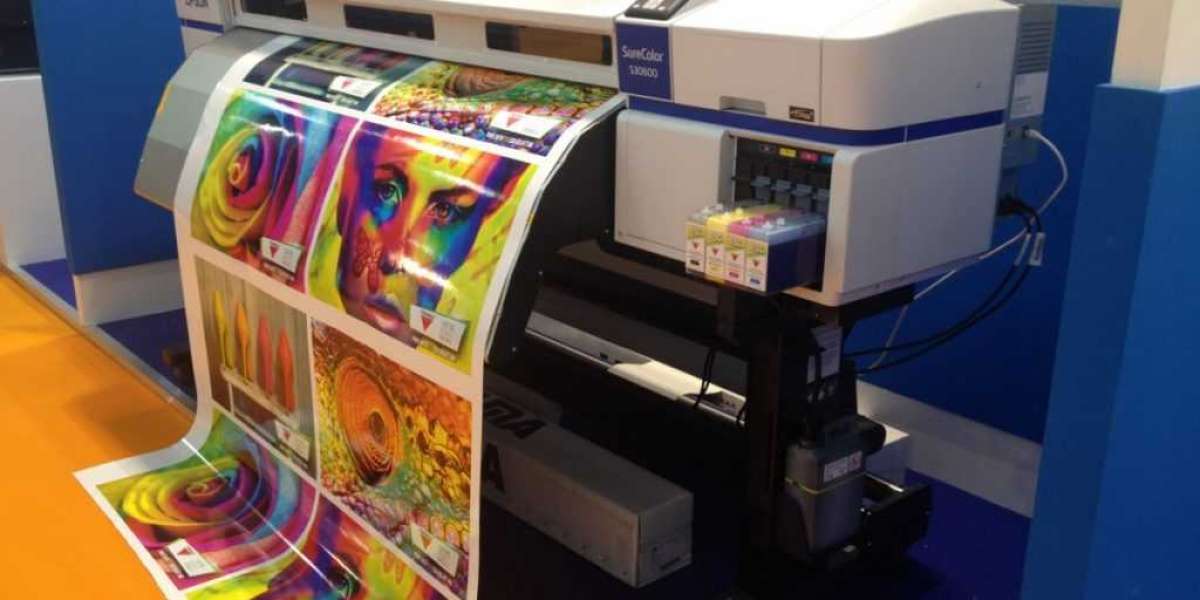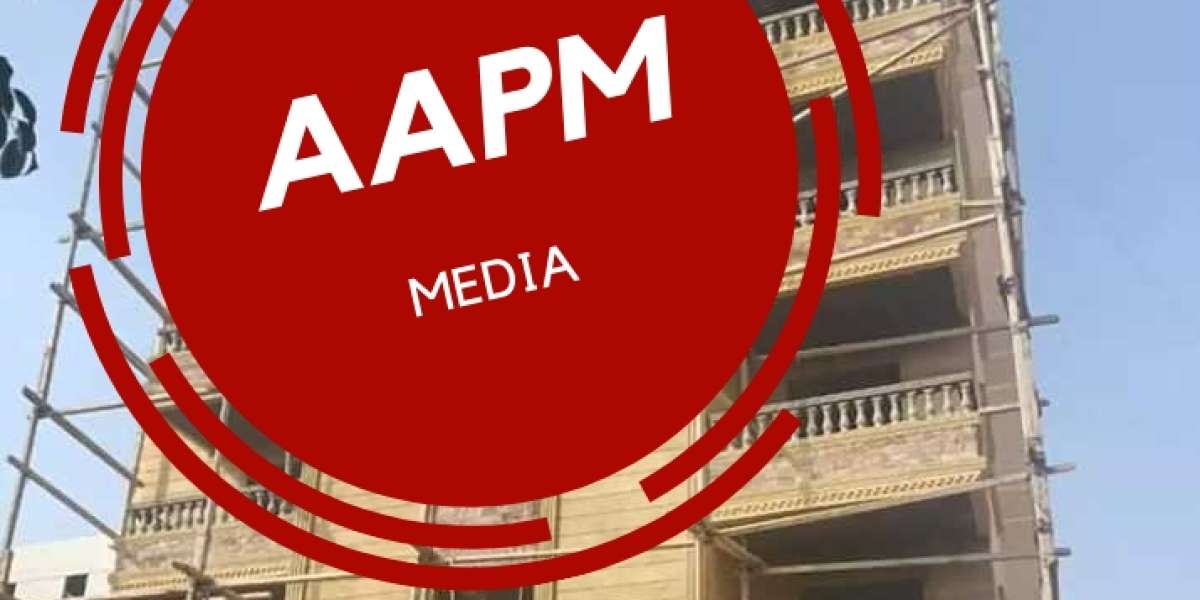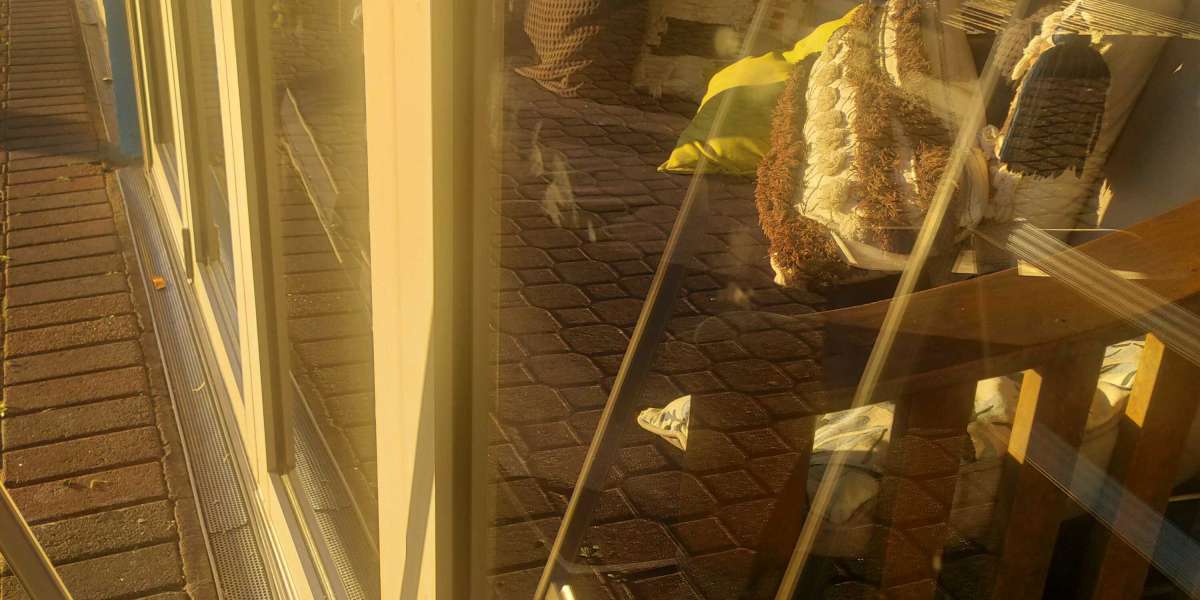Offset printing is a printing technique used to print images on the paper surface. It can be applied to many papers or similar materials of certain weights and sizes, from business cards to giant billboard brochures. It is a very common printing technique today. It is a preferred method in printing systems that require multiple prints at the same time, such as newspapers. We can see offset printing applications in thousands of materials that we may encounter at any time in the business world and in our daily life. Unlike other printing techniques, it is also called “flat printing “or "indirect printing" because the surface to be printed and the surface that will not be printed are at the same height.
What are its features?
It is a technique used in countless printing applications today, from newspapers to books, magazines to brochures, business cards to invoices and cardboard packaging. Multiple prints can occur at the same time. Fabricated or hand-made molds can be used. Fabricated molds are more costly than hand-made ones, but are of higher quality. Therefore, printing in fabricated molds will be of higher quality. Different color parts in offset printing devices allow printing many different colors at the same time. Thanks to the units that give black, blue, red and yellow colors, the desired colors can be toned during printing. The roller on which the printing process is applied and which has a rubber layer is called a 'blanket'. Computer To Plate (CTP), which is called “exposure from computer to paper” while preparing the pattern. Technique is used. In this technique, the image or picture prepared in the computer environment can be directly transferred to the molds. Thanks to the CTP technique, molds can be prepared in a very short time with very little margin of error.
How is the Working Principle?
The working principle of offset printing is generally simple. In principle, it is a technique in which water and ink do not mix. It is ensured that the ink or paint is printed on the paper indirectly. It is similar to the lithography technique. The mold surface is flat and does not benefit from height differences on the mold. In other words, the surface to be printed and the surface not to be printed are at the same height. The metals used in the parts of the device hold the ink and repel water according to their properties.
The surface of the paper to be printed is covered with an emulsion layer. Another name for emulsion is “liquid suspension”. It is a mixture of two liquids that do not dissolve in each other. One of the liquid is the dispersed phase and is dispersed in the other liquid (dispersed phase). The non-printing surface of the paper is not covered with emulsion. The surface to be printed holds the ink and the other surface holds the water with micrometric pores called “grain pits”. At this stage, the feature of not mixing ink and water comes into play. The reason why water is held in empty areas in offset printing is that there are micro pores that hold water in these areas. The areas where the ink adheres are flat and water cannot hold on this surface. In this way, the ink prints on the printed surface.
Different rollers and rollers are used in the offset printing device. These parts are produced using different metals. Their surfaces are covered with objects that are extremely sensitive to light. The printing device has three different cylinders or pans. These; mold cylinder, blanket cylinder and printing cylinder. There is also an ink roller and a dampening (water) roller. There is mold on the mold boiler. The image on the mold is flat. As the printing plate rotates, the dampening or water roller comes into contact with the ink roller. Ink is given to the place to be printed, and water is given to the place that will not be printed. The inked areas are transferred to the blanket. There is a flexible rubber coating on the blanket cylinder. Due to its flexible structure, Blanket works in harmony with both the paper and the printing plate. This rubber material is pressed and the image is printed on the rubber in reverse. In other words, the ink in the area to be printed has a flat image on the plate and is transferred to the blanket in reverse. The reverse image in the rubber material is applied flat on the paper passed between the blankets and printing cylinders, and printing takes place.
To summarize; In offset printing, which works with the system working on the principle of “water repels the ink”, the image of the film to be printed is transferred to the light sensitive offset plate and the mold is prepared. The printing and non-pressing sections on the mold surface are at the same height. There are mold, rubber and printing pans in the printing machine. The film image in the mold boiler is transferred to the rubber boiler. The printing process takes place by passing the paper to be printed between the rubber and printing boilers.
What is the Difference between Offset Printing and Digital Printing?
Offset printing is mostly used in printing technology. However, in recent years, digital printing has also been widely used. Digital printing is more practical than offset printing, provides fast printing and leaves less waste. Both printing types show differences in usage according to the amount to be printed, size and sector. Working principles are different from each other. While the principle of not mixing water and ink is used in offset printing, digital printing works with computer support. Digital prints are prepared in the computer environment and changes can be made on the print in a short time. In offset printing, plates are used and it is not possible to make changes in the pattern in a short time. In digital printing, less chemicals are used compared to offset printing. Offset prints can produce 1 million prints per sheet. For this reason, it is especially preferred for printing in large quantities. Book, magazine,
Advantages of Offset Printing
- Large volumes of printing can be done in a short time at low cost. For this reason, it is the most preferred printing technique all over the world.
- Since there is a different unit for each color to be printed, many different colors can be printed at once.
- The cost-benefit ratio is high, offers high quality color options, and provides fast printing.
- It is the most suitable printing technique with large volumes used in printing and printing facilities.
- It enables different printing applications such as embossing and stamping.
- It is flexible enough to meet the printing needs of almost every industry.
- It can be applied in low, medium and high volume prints.
What are the materials that can be used for offset printing?
Offset printing is a technique that can print on a large number of small and large papers and materials. The materials that can be printed with the offset printing method are as follows; newspapers, magazines, books, brochures, advertising prints, consumer goods packaging, letterhead, cardboard, flat and folded flyers, placemats, posters, magnets, business cards, stickers, bookmarks, postcards, folders, catalogs, notepads, miscellaneous documents, invoices, receipts, forms, folders, files, calendar, envelope, agenda covers, inserts, invitations, plastic cards, color chart, certificates…







